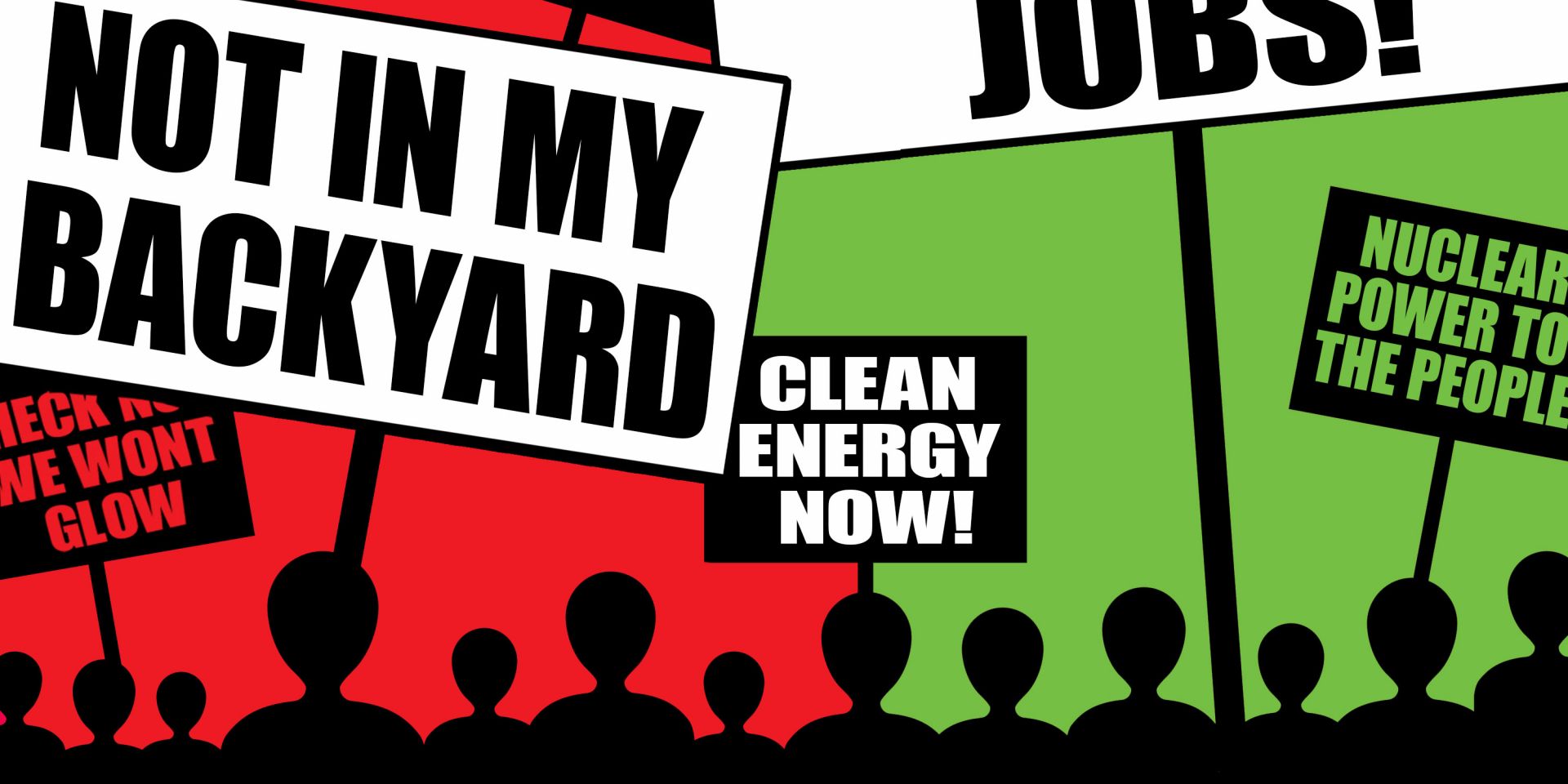Gov. Gavin Newsom visits Diablo Canyon in this 2023 photo (Source: Governor’s office)
In budget discussions conducted last week, the California legislature rejected a $400 million budget item to help keep the state’s sole remaining nuclear plant operational.
Diablo Canyon—owned by Pacific Gas & Electric—has been the subject of much debate in California. To meet grid demands during a record hot summer in 2022, Gov. Gavin Newsom had cut a deal to give $1.4 billion to support continued operations at the 2,200-MWe nuclear facility.
Government policies and innovative technologies are the key to fusion energy economics
May 27, 2022, 4:38PMNuclear NewsBart Gordon, Tim Peckinpaugh, Mike O’Neill, and Molly Barker Artist’s rendering of the U.K.'s STEP fusion reactor. (Image: U.K. Atomic Energy Authority)
Fusion energy is attracting significant interest from governments and private capital markets. The deployment of fusion energy on a timeline that will affect climate change and offer another tool for energy security will require support from stakeholders, regulators, and policymakers around the world. Without broad support, fusion may fail to reach its potential as a “game-changing” technology to make a meaningful difference in addressing the twin challenges of climate change and geopolitical energy security.
The process of developing the necessary policy and regulatory support is already underway around the world. Leaders in the United States, the United Kingdom, the European Union, China, and elsewhere are engaging with the key issues and will lead the way in setting the foundation for a global fusion industry.


-3 2x1.jpg)





